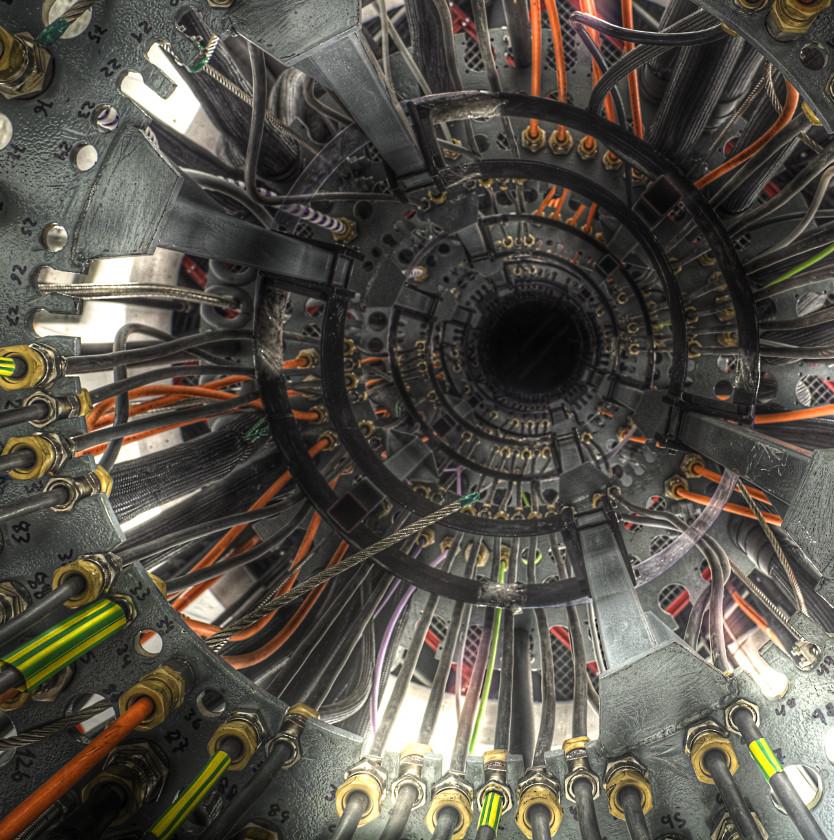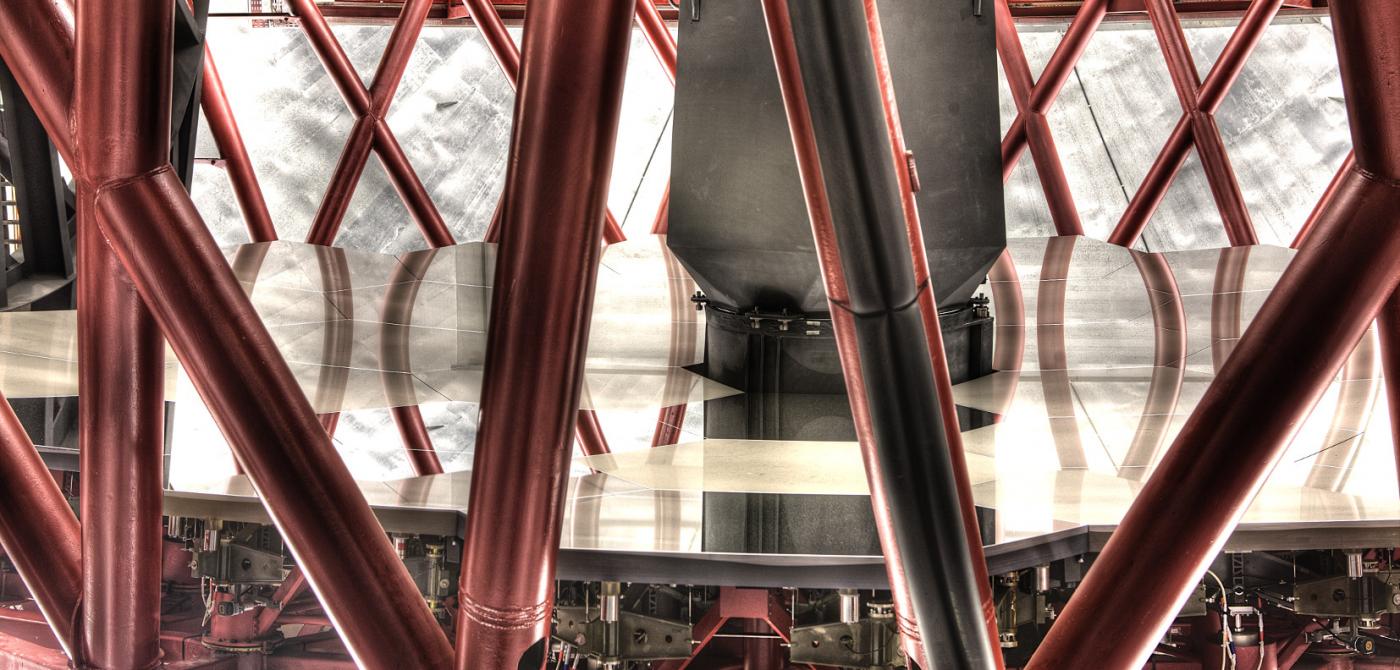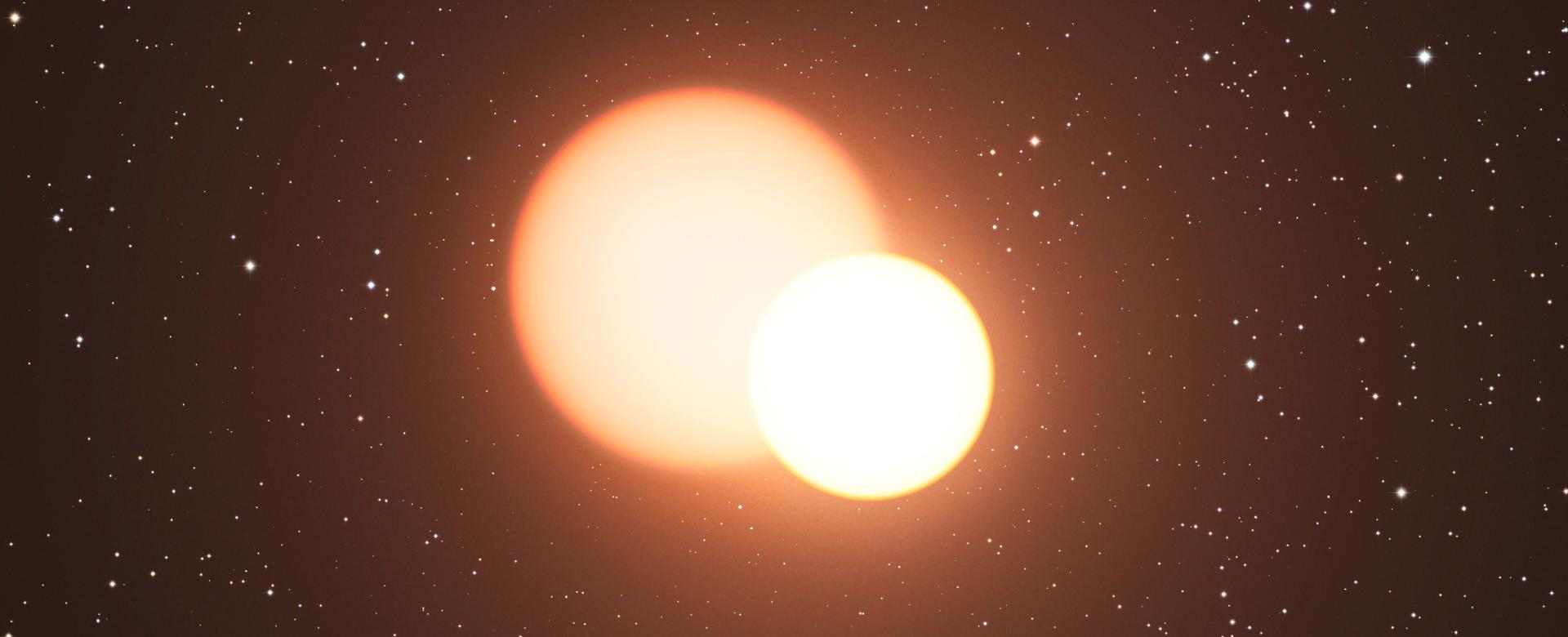
-
 An international team of astronomers, including researchers from the IAC, have performed a unique cosmic test - measuring the mass of an ancient star using two entirely different methods, finding
An international team of astronomers, including researchers from the IAC, have performed a unique cosmic test - measuring the mass of an ancient star using two entirely different methods, finding
Studying the universe needs a major effort of scientific research and in the development of astronomical instruments.
Astrophysical research is the main objective of the IAC and corresponds to the Research Area the elaboration and development of Research Projects in the field of Astrophysics and related areas.We aim to strengthen and consolidate the position of the IAC as an international reference centre for research in Astrophysics. On regard of the research activity, it results in an effective increase in scientific production and international impact in recent years.
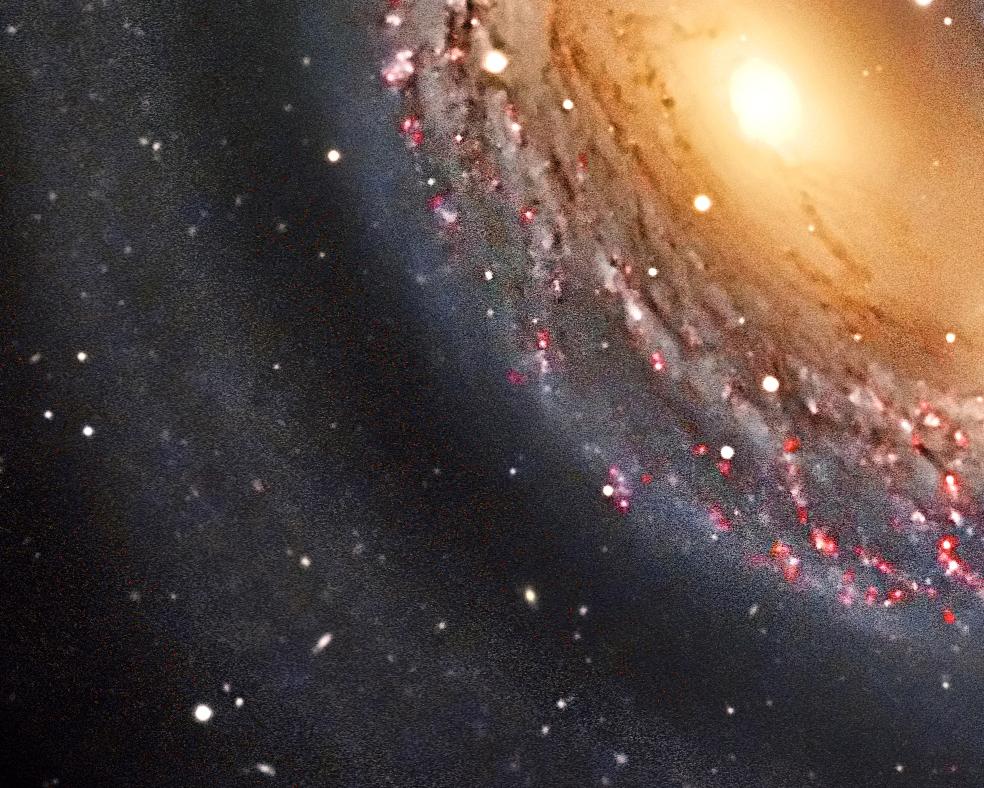
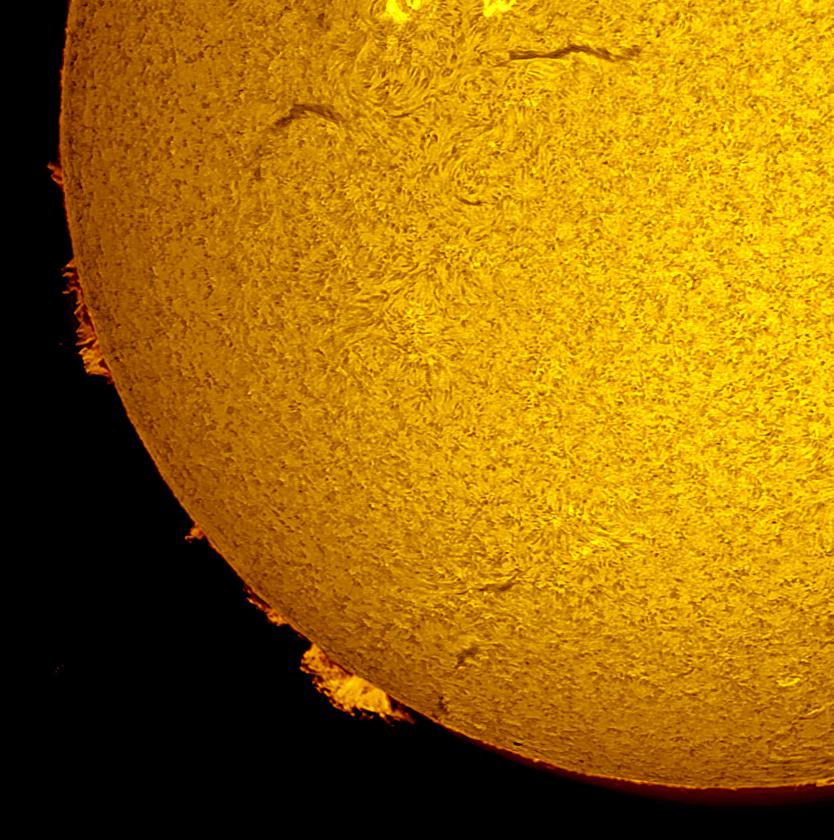
In order to advance observational astrophysics needs new instruments at the forefront of technology, which offers a constant challenge to produce new development in technology which can often be applied to many other fields of general utility.
